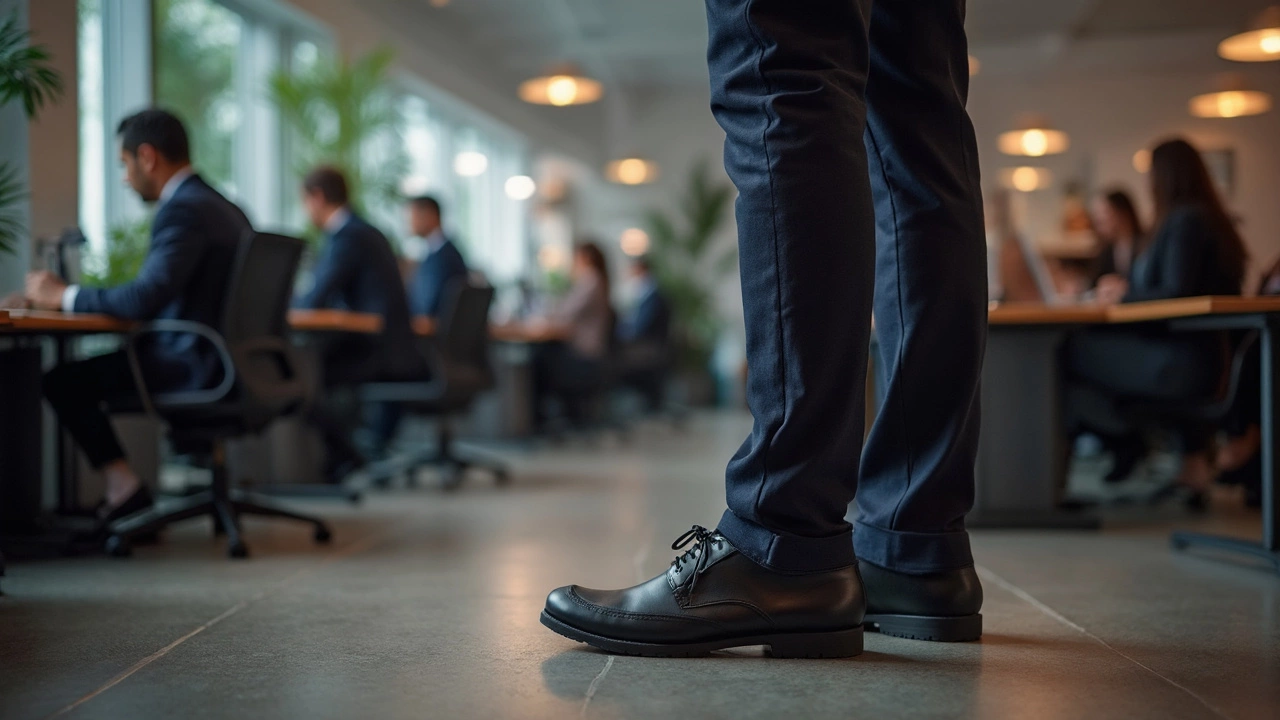Shoe Tips You Can Use Today
Ever bought a pair of shoes that felt great in the store but turned into a nightmare after a few hours? You’re not alone. The right shoes can boost your confidence, protect your feet, and even improve your posture. Below are straightforward tips you can apply right now, whether you’re shopping online, fitting shoes on a busy Saturday, or looking to extend the life of a favorite pair.
Choosing the Right Fit
First thing’s first: size matters, but it’s more than a number on a label. Measure your foot at the end of the day when it’s a bit swollen – that’s its true size. Place a ruler against the heel and measure to the tip of the longest toe. Compare that number to the brand’s size chart; don’t just rely on your usual size.
Next, think about the shoe’s shape. Some brands run narrow, others wide. Slip your foot into the shoe and wiggle your toes. If they feel cramped, the shoe is too tight, even if the length seems right. There should be about a thumb’s width of space between the longest toe and the shoe’s front.
Don’t forget the arch. If you have high arches, look for shoes with good arch support or add an orthotic insert. Flat feet benefit from a shoe that offers stability and a slight rise in the heel. A quick test: stand on a piece of paper – if you see the entire outline of your foot, you likely have neutral arches; missing parts suggest you need extra support.
Finally, walk around the store (or your hallway at home) for at least a minute. Listen for any rubbing or pressure points. If a shoe feels fine at first but starts to bite after a short walk, it’s probably not the right match.
Keeping Your Shoes Comfortable
Once you’ve nailed the fit, make sure the shoes stay comfortable. Break them in slowly – wear them for short periods before tackling a full day. For leather shoes, apply a leather conditioner to keep the material supple and prevent cracks.
Moisture is a silent enemy. Use moisture-wicking socks for active shoes and change them daily. If you tend to sweat, sprinkle a little talc inside the shoes to absorb excess moisture and reduce odor.
Invest in insoles if you need extra cushioning. A good insole can turn a hard, generic shoe into a foot‑friendly pair. Just make sure the insole fits the shoe’s interior without forcing the shoe to become too tight.
Regular cleaning extends the life of any shoe. For canvas sneakers, a gentle brush and mild soap work wonders. For suede, a suede brush restores the nap without water damage. Always let shoes air‑dry away from direct heat – a radiator can shrink leather or warp glue.
Finally, rotate your shoes. Wearing the same pair daily doesn’t give the materials time to recover. Swapping pairs lets the cushioning bounce back and reduces wear on any single pair.
With these simple steps—accurate measuring, smart fitting, and proper care—you’ll notice fewer blisters, less foot fatigue, and shoes that look good for longer. Try them out on your next shopping trip and feel the difference right away.
-
Best Shoes for Work: Keeping Your Feet Healthy
Choosing the right work shoes is crucial for maintaining foot health. This article explores what makes shoes healthy for your feet, focusing on fit, support, and material. Learn practical tips to select footwear that not only fits well but also offers the comfort and support you need throughout the workday. Whether you're on your feet all day or at a desk, finding the right shoes can make a big difference.
